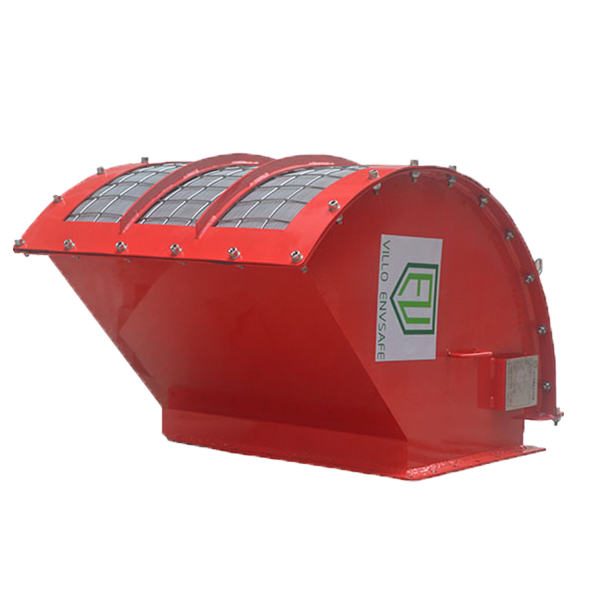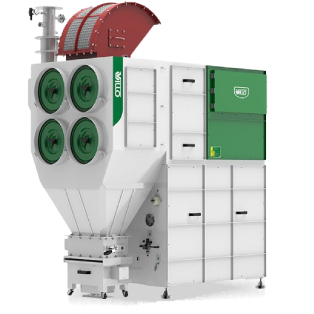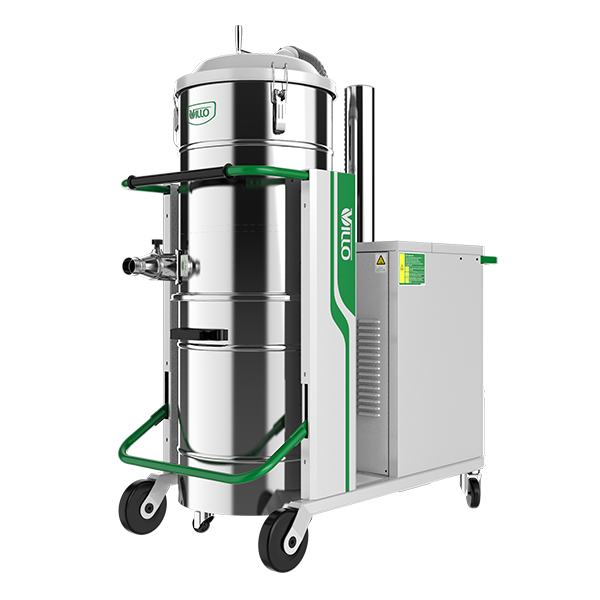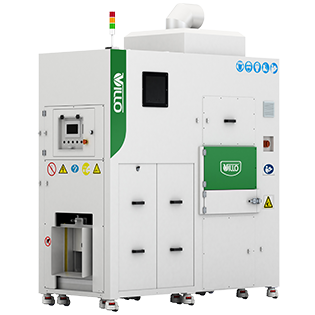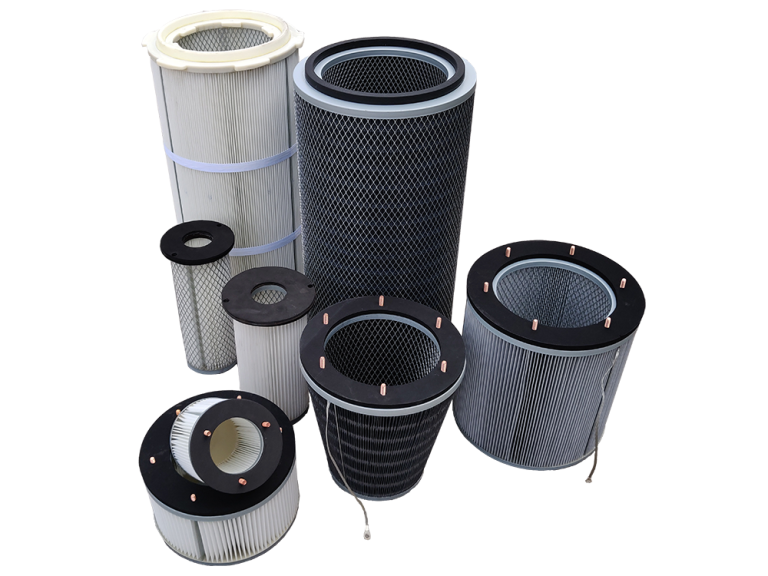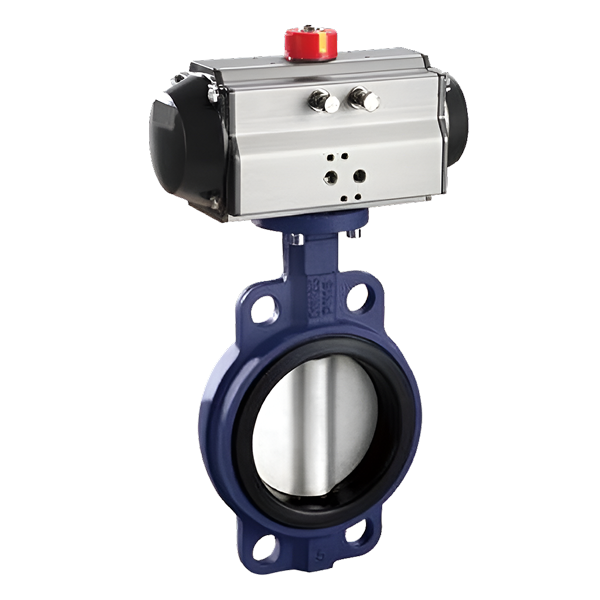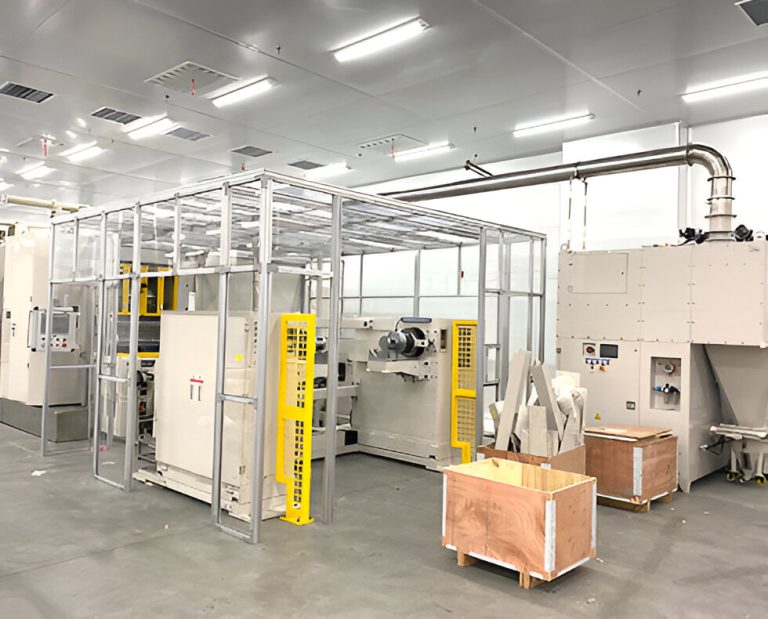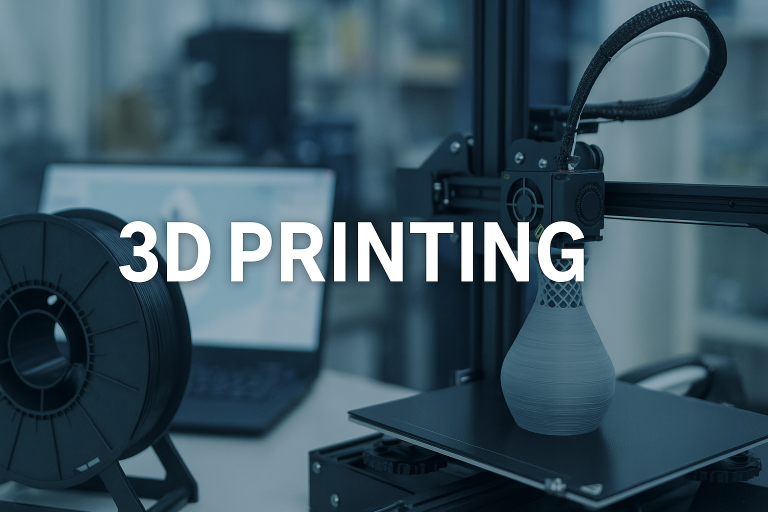ダストハザード分析(DHA)は、可燃性ダストに関連する火、フラッシュファイア、および爆発リスクを特定して軽減するための体系的なプロセスです。金属加工施設では、これらのリスクは、金属塵の細かく反応性のある性質のために特に重要です。
粉砕、切断、またはアルミニウム、マグネシウム、またはチタンの研磨に関与する企業にとって、適切なダストハザード分析を実施することはオプションではありません。これは規制および運用上の義務です。
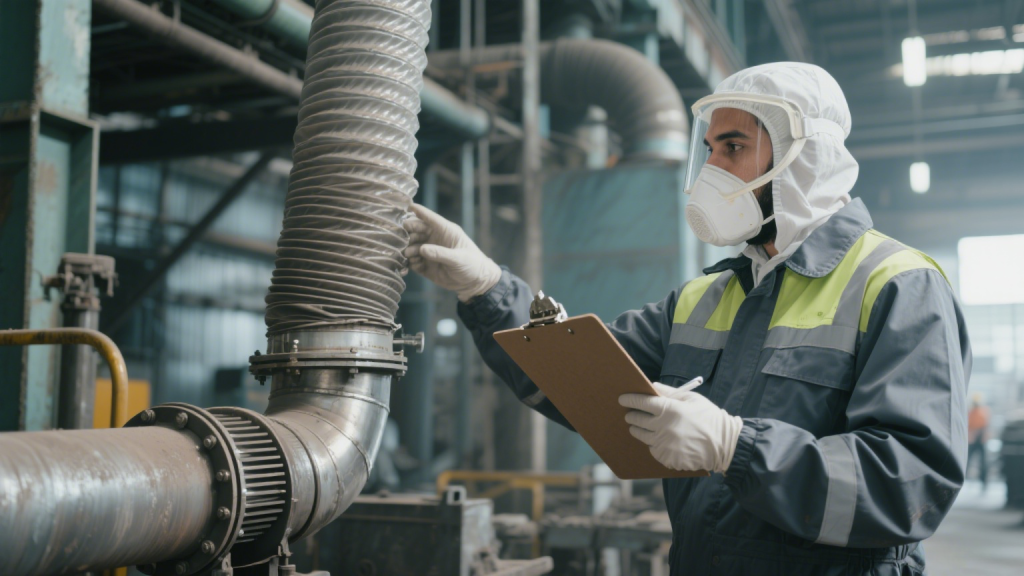
金属加工における可燃性の金属粉塵の危険
金属加工は、特定の条件下で点火できる空中粒子を生成します。木材や有機塵とは異なり、可燃性の金属ダストは点火エネルギーが低く、激しく燃える可能性があります。
関係する一般的な金属は次のとおりです。
| 金属タイプ | リスクレベル | Kst Value | 一般的な使用 |
|---|---|---|---|
| アルミニウム | 高い | 100–150バー・m/s | 機械加工、パウダーコーティング |
| マグネシウム | 非常に高い | > 250 bar・m/s | 航空宇宙コンポーネント |
| チタン | 高い | 〜160 bar・m/s | 医療インプラント |
| 鉄 | 中くらい | 〜50バー・m/s | 一般的な製造 |
金属加工のための徹底的なダストハザード分析がなければ、施設は隠された点火源を見落としたり、閉じ込められたゾーンの粉塵の蓄積を過小評価したりする可能性があります。
金属加工施設のためにDHAを実施するための重要なステップ
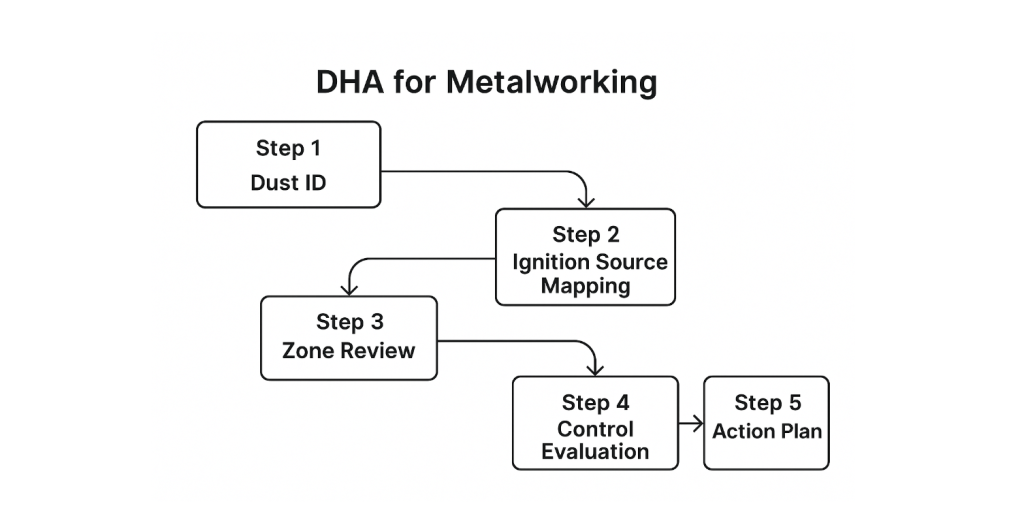
1.可燃性ダストを特定します
操作中に生成されるダストの種類を識別することから始めます。爆発性を決定するには、標準化されたテスト(k st のASTM E1226、MECのE1515)を使用します。
2。潜在的な点火源を分析します
MetalWorkingはいくつかの点火リスクを導入します:
- グラインダーからの火花
- 機器の熱い表面
- 静電放電(ESD)
すべての潜在的な点火源は、DHA中に文書化する必要があります。
3.ほこりの蓄積ゾーンを評価します
金属ダストは、梁、ダクト、または機器の上に落ち着くことができます。邪魔されると、わずかな蓄積でさえ危険になる可能性があります。 DHAは、塵の蓄積の隠されたまたは見落とされがちな領域をマップする必要があります。
4.既存の緩和策を評価します
次のような現在のコントロールを確認してください:
- ローカル排気換気(LEV)
- スパークアレスター
- ダストコレクションシステム
- 爆発救済パネル
NFPA 484またはNFPA 660標準を満たしているかどうかを判断します。
5.リスクベースのアクションプランを作成します
リスクの重大度に基づいて是正措置を優先し、明確な期限を割り当てます。定期的なトレーニングとメンテナンスルーチンは、DHA戦略に含める必要があります。
金属ダストの危険を制御するためのベストプラクティス
ダストハザード分析で特定されたリスクを減らすには、エンジニアリングと管理の両方のコントロールを実装してください。
エンジニアリングコントロール:
- クラスIIの電気機器を使用します
- シールダストコレクションダクト
- 適切な気流速度を維持します
管理管理:
- 毎日のクリーニングプロトコルを確立します
- 可燃性ダスト認識についてスタッフを列車
- 定期的なDHAレビューを実行します
アルミニウム仕上げや添加剤の製造などのリスクの高い環境では、爆発抑制システムが必要になる場合があります。
FAQ:金属加工におけるダストハザード分析
DHAはどのくらいの頻度で必要ですか?
NFPA 660は、少なくとも5年ごとに、または主要な機器またはプロセスの変更後に更新されたDHAを義務付けています。
金属塵は木材の塵よりも危険ですか?
はい。多くの金属ダストはより簡単に発火し、より激しく燃焼します。マグネシウムとチタンは、特に高い爆発リスクをもたらします。
MetalWorking DHAにはどのような基準が適用されますか?
可燃性金属についてはNFPA 484を参照し、一般的なダストハザード評価フレームワークについてはNFPA 660を参照してください。
すべてのメタルワーキング操作にはDHAが必要ですか?
細かい金属塵、特にアルミニウム、マグネシウム、またはチタンを生成する施設は、サイズに関係なくDHAを実施する必要があります。
誰が準拠したDHAを実行できますか?
可燃性ダストテスト、NFPA基準、施設固有のリスクに関する知識を持つ資格のある専門家は、評価を実行する必要があります。
結論:今日、積極的な手順を実行してください
適切な金属加工のためのダストハザード分析は、壊滅的な粉塵関連のインシデントを防ぐための積極的なステップです。可燃性の金属ダストを識別し、点火源を評価し、リスクベースのコントロールを実装することにより、施設はより安全な作業環境を作成しながら、NFPA標準に準拠し続けることができます。
金属加工の操作が進化するにつれて、安全へのアプローチも進化する必要があります。従業員のトレーニングと機器のメンテナンスと組み合わせて、ダストハザード分析を定期的に更新し、長期的な保護と運用の継続性を確保します。事件を待たないでください。今日のDHAを主張してください。

